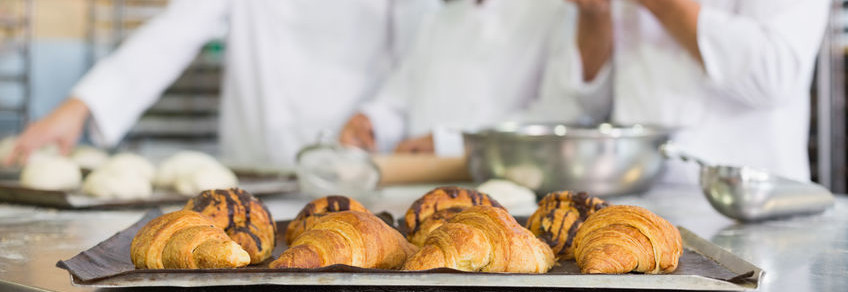
Sensory science can help.
Products are initially developed based on the opinions of a small group of stakeholders. “As a scientist, opinions don’t work for me. I don’t want to make a huge decision based on somebody’s opinion,” says Mona Wolf of ASTM.1 The organization produces voluntary standards across many disciplines, including food science and sensory testing. Wolf has been a member of its technical committee on Sensory Evaluation for over 35 years and has assisted in writing several Sensory Standards. She is also the founder of the Wolf Group, a consulting firm that captures consumers’ sensory preferences and translates them into action opportunities for product development.
With a failure rate of more than 90% for new food products, many companies are relying on sensory science to increase the chances of market success.2 Here are the top three ways Wolf suggests sensory science can help:
1. Know your product (aka product profile)
It starts with the consumer experience. If your baked good tastes like cardboard it will not outlive the best-by date. “Aroma, flavor and texture are the DNA of your product,” says Wolf. “How does it eat? How does it smell? How does it taste? How does it chew in your mouth?” Descriptive profiles are vital to producing consistent products regardless of where they are manufactured. Your product profile is your blueprint that describes each detail.
Once you have mapped out the flavor, texture, aroma, and physical appearance of your product, you can make changes to the product while still maintaining the standards. For example, your current bread formula contains too much sugar. A new formula can be created with less sugar and more malt, but how will it compare with your standard? Has the texture been changed? How different is the color or flavor?
2. Know your customer
Having all the right ingredients is really not enough. You must match the profile to what your consumer is looking for. Understanding consumer expectations and the characteristics of a product led to the development of whole-grain baked goods. The addition of bran is known to affect bread processing and loaf quality, including darker color, lower volume, and denser crumb – but these are all attributes that could be regarded as negative by consumers.3 Sensory studies have also shown that bitterness is a key concern when developing whole-grain products.3 Product profiling helps you to create a whole-grain product with reduced bitterness that will be a hit with consumers.
3. Know your competition
What if your product begins losing market share? Knowing the product profile is the first step to regaining your competitive edge. By combining descriptive profiling with consumer product acceptance, sensory science can give insight into how you measure up to your competition. You can come up with a profile of what you need for each attribute to improve your product. Wolf adds, “You take the results back to R&D and adjust the sugar if it is too low, or rework the formula if your bread is too gummy. If your product is not delivering what consumers are looking for, your competition may meet their needs.”
Sensory science in action – the case of the winning pizza crust
To understand how Wolf and her group use these three benefits of sensory science, consider the example of pizza and the importance of delivering the right crust texture for a winning product. The Wolf Group worked with a manufacturer of pizza crust to determine a line extension for the brand. The study assessed consumer liking for crust type. It began with product profiles, understanding competitor products, and knowing the target consumer.
“We tested it all over the U.S. – crust liking is not necessarily geographically oriented, like deep-dish pizzas for Chicago or thin crust for New Jersey. Some people in New Jersey want thick crust or deep pies, and the other ones want thin cracker crust,” Wolf notes.
To understand customers’ preferences for different types of crust, Wolf and her team performed a cluster analysis. By grouping people who liked thick crust together, they were in a much better position to determine the preferred type of crust. They also were able to determine what percentage of consumers preferred each type of pizza crust.
With this information, the manufacturer was able to focus efforts on the product with the highest consumer acceptance, developing an optimal pizza crust for the new product launch. Wolf says, “By analyzing the sensory data, the pizza crust manufacturer can create a product to target the majority of consumers. The next line extension could focus on a smaller but substantial subgroup and develop a targeted product that meets their consumer preferences.”
Changes are made to products for many reasons – cost savings, nutritional targets, new ingredients or suppliers, etc. Sensory science can also play a vital role in providing insight into your customers’ acceptance before going to market.
So, would you use sensory science to help develop new products for your bakery?
References
- Wolf, M. Phone interview 20 November 2017.
- Kemp, S., and J. Hort. “Trends in sensory science.” Food Science and Technology, vol. 29, no. 1, pp. 36–39.
- Heiniö, R., et al. “Sensory characteristics of whole grain and bran-rich cereal foods – A review.” Trends in Food Science & Technology, vol. 47, 2016, p. 238.

